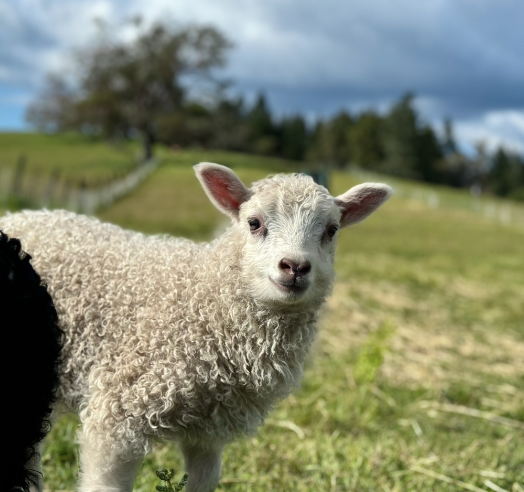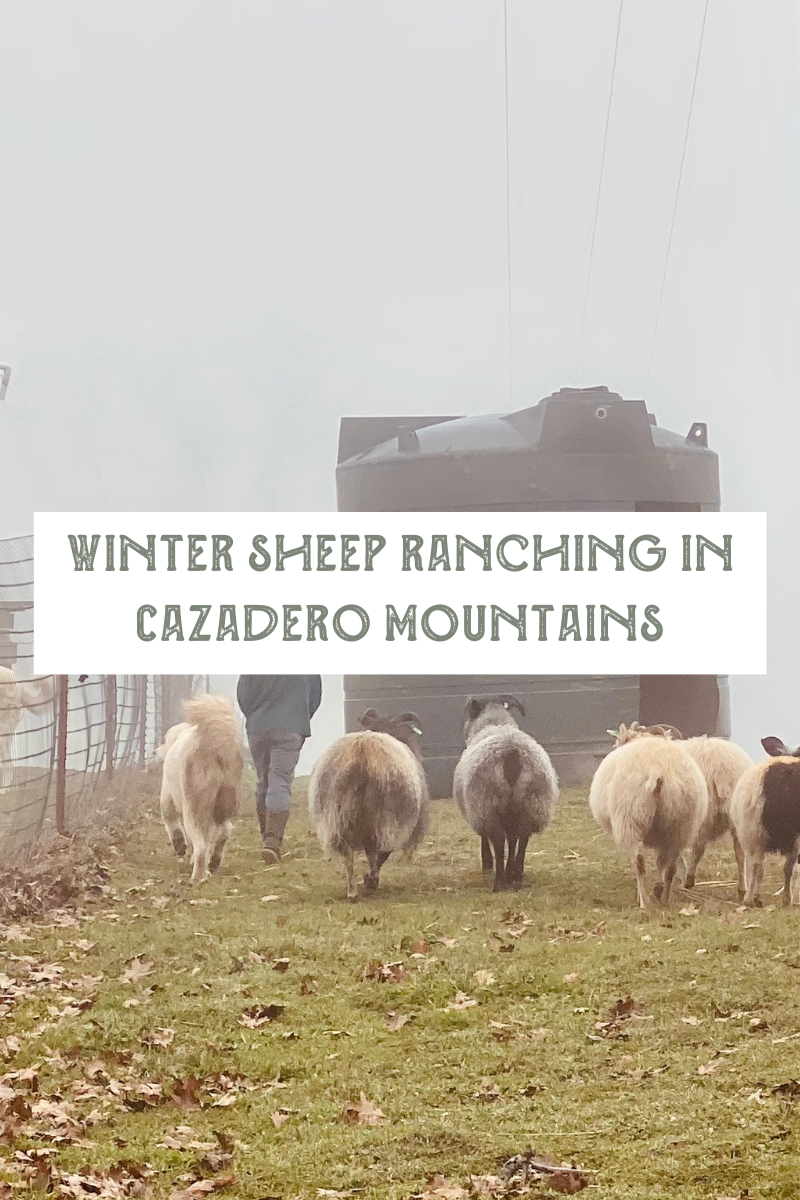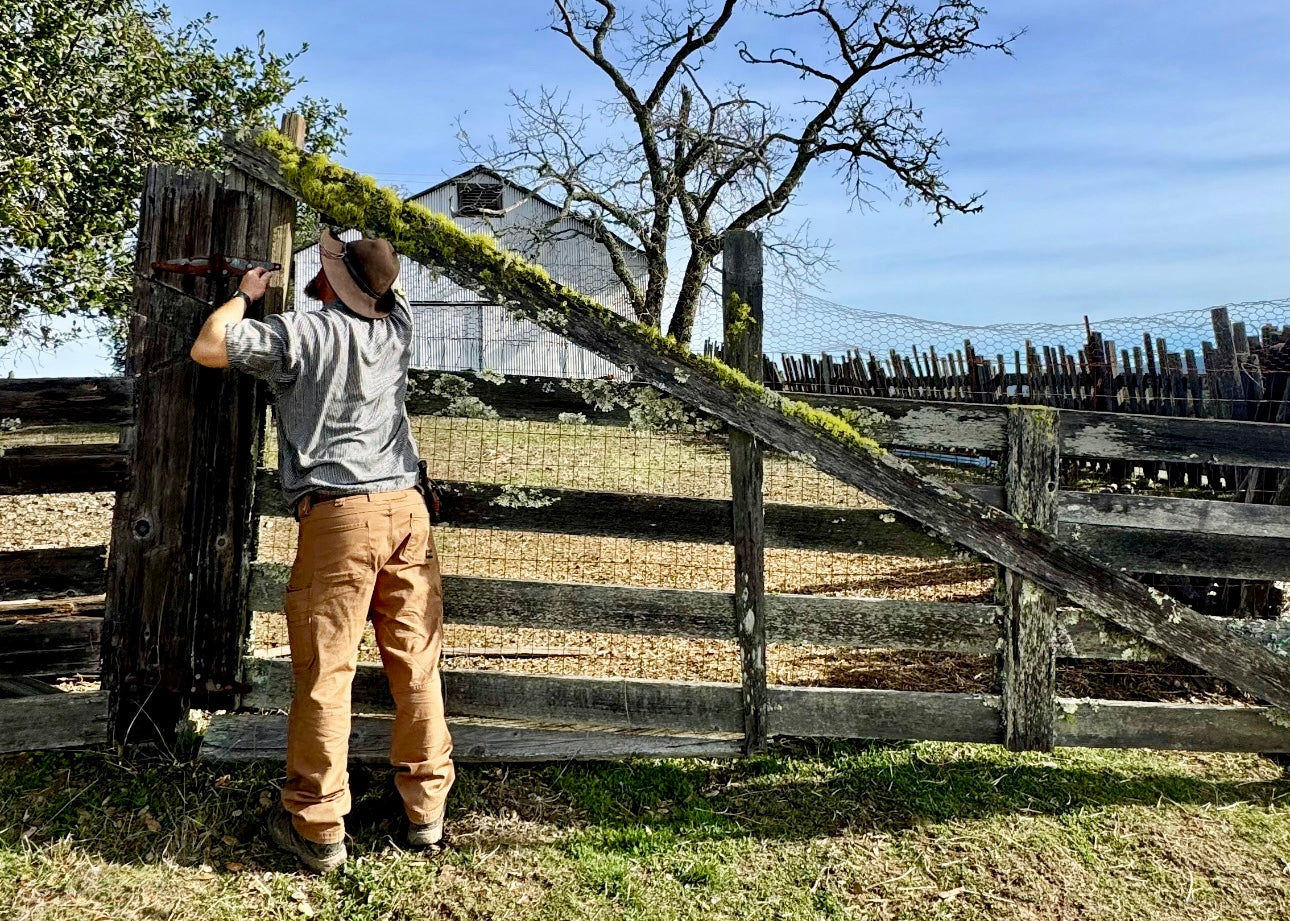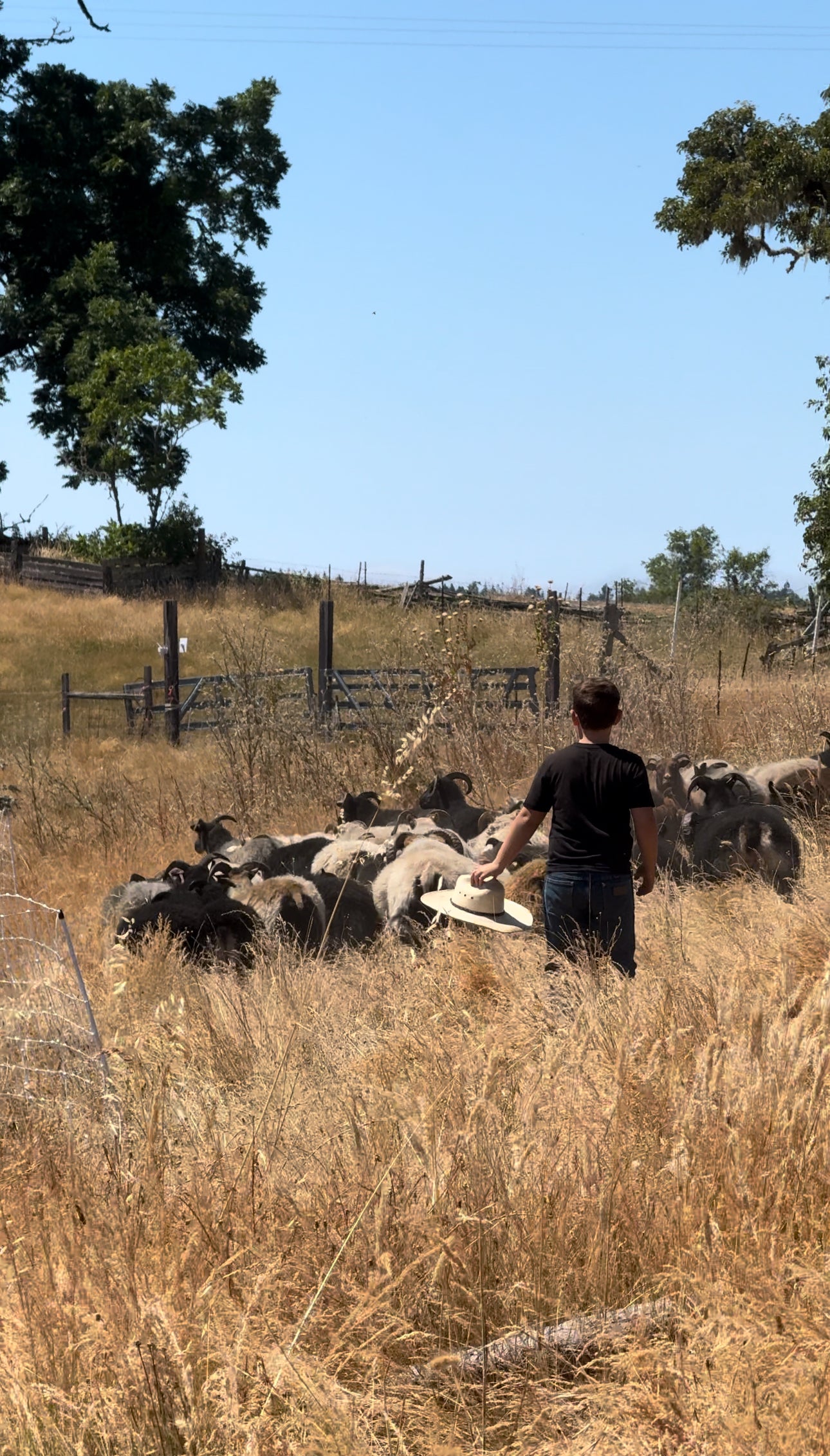Reflecting on Lambing Season: Challenges, Joys, and Lessons Learned

Lambing season on our ranch is crucial—I spend all year preparing for it, hoping everything aligns perfectly for a smooth process. This time of year is the culmination of months of hard work and anticipation.
This lambing season was different from the others. It was slow and spread out, something I didn’t think I would enjoy but found it let me savor each moment. While we don’t want brittle babies, we ended up with Timmy, a lamb born too early who struggled during his first week. He’s not the brightest lamb, but he’s super sweet and seems to be doing well.

Before lambing season officially started, I ensured my ewes were in top-notch health. This required body scoring them and giving them the best hay to prepare for breeding, a process we call "flushing." Once breeding season began, I prepped the lambing box, stocking it with all the essentials: medications, gloves, needles, syringes, lube, and more. As lambing approached, Sam and I built portable jugs (pens) to accommodate our constantly moving sheep, even through lambing. These jugs are crucial for ewes with difficult births, inclement weather, or lambs struggling to thrive.
 This season, I really enjoyed the process. We staggered the rams, which gave me breaks between groups, allowing me to get more rest and maintain a level head—something I lacked in past seasons. My poor family bore the brunt of my sleep deprivation before. This year, we had more ewes but fewer lambs than previous years—lots of singles, which is very unusual. While I’m not thrilled about it, the bright side is that the lambs are healthy, and most ewes had no issues lambing.
This season, I really enjoyed the process. We staggered the rams, which gave me breaks between groups, allowing me to get more rest and maintain a level head—something I lacked in past seasons. My poor family bore the brunt of my sleep deprivation before. This year, we had more ewes but fewer lambs than previous years—lots of singles, which is very unusual. While I’m not thrilled about it, the bright side is that the lambs are healthy, and most ewes had no issues lambing.


One of my favorite ewes, Runa, went into labor as we were driving by, and something told me to stay and wait. Over 45 minutes passed with little progress, so I checked her, and sure enough, her lamb had a leg back. I assisted her, and we got the lamb out. Shortly after, her second big ewe lamb was born. Both were up and nursing within minutes, ending the evening on a beautiful note.

Besides a couple of ewes with minor complications, the weather was unpredictable, giving me and the sheep whiplash. There were evenings when thick fog blanketed everything, leaving it soggy and cold—conditions that led me to put ewes and lambs in their jugs. Doing this mostly on my own was exhausting, but my family stepped in a few times and had my back, which I’m always grateful for.


This year, I had to step back and view the season as a whole. It’s tough, but a few things stood out. Jugging ewes with difficult births and struggling lambs worked well. Although I followed due dates closely, many were off by a week, causing some ewes to reject their lambs. This year, we had a ewe try to steal another ewe’s lambs while rejecting her own. In the future, I’ll immediately separate any ewe showing such behavior. I regret not doing that this year.
My family really had my back this year. Whether it was cooking dinner because I was out in the field or helping me move jugs at 1 AM, I’m forever grateful for their help.

Next year, I plan to spread out the lambing season like this year, as it worked well for my one-woman show. My goal is to start breeding yearling ewes more instead of waiting—it doesn’t do me or them any favors. Preparations will start early by ensuring my ewes stay in good condition.

Lambing season always keeps me rooted and drives me a little crazy. I always learn so much about myself, and there’s always something new each season. I’m really excited to see how this year’s lambs grow out.




Comments